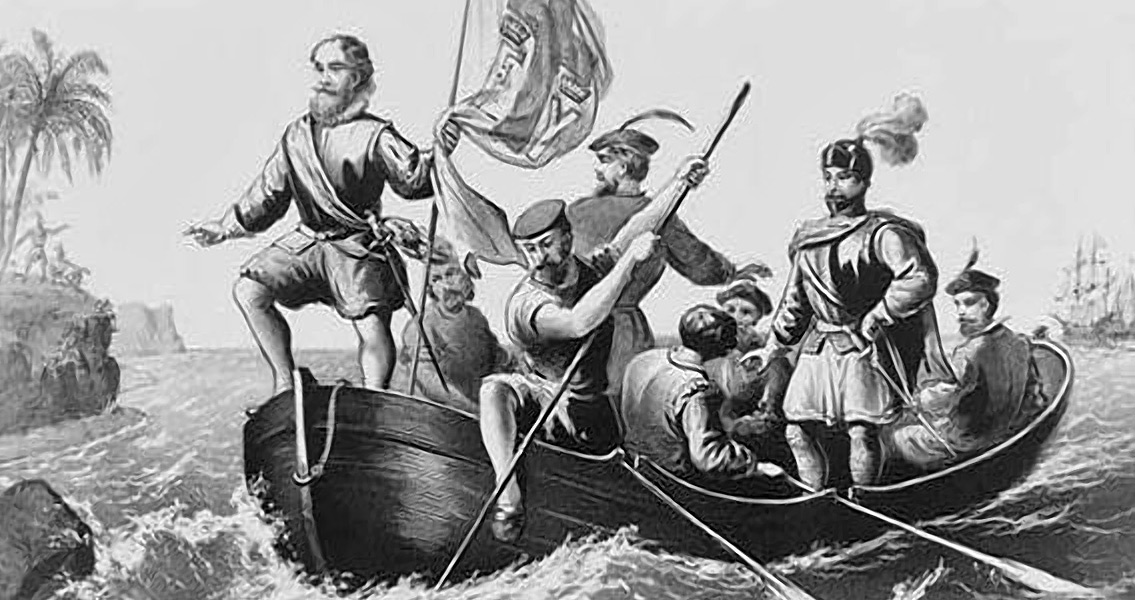<![CDATA[A faded antique map dated to the Age of Exploration has been subjected to multispectral imaging, revealing the underlying details and text, and leading a team of researchers to suggest the map may have played a role in Christopher Columbus’ first voyage to the New World. The map has been tentatively dated to 1491, just one year before Columbus’ famous voyage, based on some of the text the imaging techniques have exposed. Penned by German cartographer Henricus Martellus while living in Florence at the turn of the fifteenth century, the map eventually wound its way through history to Yale in the form of an anonymous donation in 1962; however, its much faded state made it less than ideal for academic study, as the majority of any writing or detail had been lost to the ravages of time. With an eye towards peeling back the layers of grime in a non-invasive manner, a handful of researchers including cartographic historian Chet Van Duzer from the University of Mississippi visited the map in its resting place, a frame hanging on the wall within the Beinecke Rare Book and Manuscript Library. The team took stock of the map through spectral imaging techniques, which involved photographing the artifact in several wavelengths of light, including ones invisible to the naked eye such as infrared and ultraviolet. The results were startling: the details of the map sprang to life after the photographs were digitally processed. Van Duzer remarked in an interview with YaleNews that the team had “recovered more information than we dared to hope for.” The historian said that the revealed details strongly indicated that the map – or a copy of it – was used as a basis for the map cartographer Martin Waldseemüller drafted in 1507 which bears the first recorded instance of the New World being labeled as “America.” Van Duzer says that it’s nearly certain that Columbus had gained access to the Martellus map prior to his journey, based on several pieces of historical evidence. A journal kept by a crew member on the initial voyage describes how it was believed that the expedition was sailing by island chains thought to be present in southern Asia according to the Martellus map, with the crew member describing the region using language similar to that found on the map. Additionally, texts originating from Ferdinand Columbus, the son of Christopher, recount how his father had been laboring under the expectation that he would come across Japan where the Martellus map indicated it would be. Columbus had expected to find the island chain in the same orientation and location that Martellus describes; from all the other maps dating to the period that have survived history, only the Martellus map lists this specific orientation and location for Japan. Around 80 percent of the text on the map has been recovered at this point, according to the research team. A published paper will accompany the group’s final findings once the project has been completed. ]]>
Spectral Imaging Ties Map to Columbus Expedition
